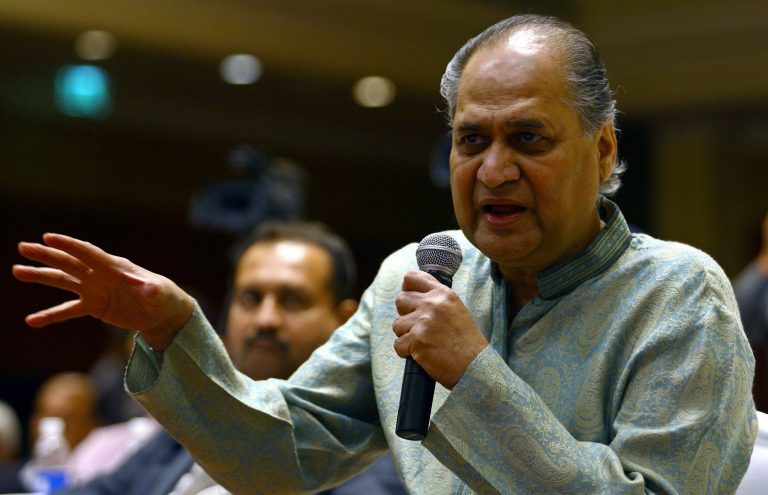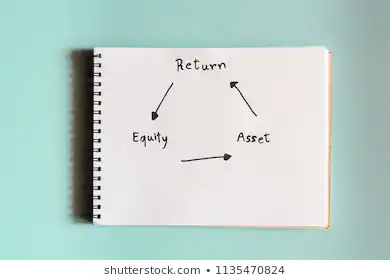Benefiting from Performance Management The Achievement Cycle
Contents
The feedback about the performance and behavior of the employee is provided by peers and the manager of the employees. This way, an organization can be a self-sufficient system that empowers its employees to become leaders and places responsibility on them with a guarantee of high performance. We are witnessing a rapid shift from paper and filing cabinets documentation systems to faster, easier, and less burdensome digital ones.

The confidentiality aspect of the reports was withdrawn and the entire process became more participative and open-ended. After WD Scott’s documented system failed to make an impact, companies started using the performance appraisal process in the early ’60s. Appraisals were then based on the ‘Annual Confidential Reports (ACR’s)’ also known as ‘Employee Service Records’ Employee Service Records’. The content in these reports provided information about employee’s performance and maintained with strict confidentiality.
Understanding work – A guide to performance management
Performance management has aptly replaced the traditional performance evaluation method used by the managers earlier to access the work efficiency of the employees. HR professionals use performance management to measure the current competency of employees and https://1investing.in/ use the assessment to improve their work efficiency over time. In order to simplify the job of HR professionals, the performance management system or process comes into play. It is rapidly gaining momentum owing to its integrated and strategic approach.
Identify the obstacles to effective performance and improvise ways to overcome them by constant monitoring and training sessions. Facilitating complete career development support for employees on a regular basis. The structure of performance management underwent a drastic and positive transformation in this phase. The entire process became more and more development driven and building a productive work culture at all the levels of the organizational hierarchy. It was during this phase that organizations began hiring HR professionals exclusively to deal with various issues of employee performance management. The beginning of the fourth phase kicked off from the mid-1970s and during this time performance appraisals became more development driven and performance-based.
- The leader of the organization, whether the CEO, board members, or anyone who is responsible for achieving the organizational goals have an intention and plan using which they want to achieve certain objectives.
- But, quite often the link between individual efforts and business outcomes gets blur as metrics and targets spread through the organisation.
- It is a two-way process that deals with the effectiveness and competence of both employees and the business.
- This allows for precise information on what the team can do to achieve their goals.
- A good performance management system will put goal setting as one of its main conditions.
Falls under the scope of performance management and must not be overlooked. Remember that if a high-performing employee is not provided with opportunities for career growth, they will be tempted by greener role of performance management is to accomplish pastures. The essential elements of performance management are the features that every performance management system must display. Having at least five of these is a good indicator of a successful outcome.
You do have to review the basics, but that is to better yourself for the next race, and not to win the present one. Holding exit interviews to decipher the reason behind employee’s discontentment and the cause for leaving the job. It identifies the issues which leads the low performance and also resolve the issues by providing suggestion about development interventions.
These review meetings simply become a continuation of the momentum established throughout the work period. Penalty if any should be given for attitude, behavior, discipline, knowledge and not for performance. An individual’s performance is the responsibility of the employee and the manager. I know this can be seen as a socialist approach, which I am not suggesting.
Solution By Role
They come together to plan, monitor, and review the objectives, short+long term goals, job path and their contribution to the company. Campbell and Garfinkel’s 1996 study concluded that businesses that have effective performance management processes in place largely outperform those without such systems on several critical measures. It’s clear that these practices are immensely beneficial, and exploring them will benefit anyone who works in HR. Performance management is the practise of continuous communication and collaboration between the management and employees to accomplish organisational goals.
The insight gained during the monitoring process should help team leaders to assign a genuine and transparent rating record of the employees, based on their progress. The rating should however not come as a surprise for the employee as all the aspects were discussed openly. Tracking individual employee performance to aid in career planning decisions. It makes the employees feel valued and motivates them to deliver the best performance. Communication is vital as it defines the job at hand and the expected results. The leadership team should clearly state the performance target, the desired result and the timeframe allotted to achieve the same.

Let us delve deeper to understand the importance of performance management. Lastly, set up some organizational objectives to apply these newfound skills. A successful performance plan offers personal growth opportunities for your people. Furthermore, it will encourage the personal development of the employee. But do you know the first step in forming a performance management system that actually works?
Resources
Project Evaluation Review- This is considered the best way to identify the performance of an employee at work. After completion of each project, the performance of the employee is evaluated, and based on the review another project is assigned to the employee. Manager Performance Appraisal- This system is designed for the appraisal of the manager. Here the feedback from the team members and client is collected to evaluate the performance of the manager.
Reporting to– The manager gives feedback to team members who directly report to them. This allows for precise information on what the team can do to achieve their goals. Your ability to monitor the productivity of your staff members will help you determine if they require further assistance, are capable of handling more advanced training, or deserve a raise. To keep your organization’s standards high, it’s crucial to have a disciplined Performance Management and monitoring approach. As important as how frequently these interactions occur is what they talk about.
Receive regular feedback on their strengths are on average 8.9% more profitable . Peer to peer– Given by members of the same departments to one another. While not typically a factor in compensation, this feedback can happen more casually and focuses on improving work ethic. Companies should understand the potential of social media’s reach and deliver high-quality content in order to gain deeper exposure. Are very different in their scope and areas of focus, their objective remains one, which is, to favourably impact lead generation and revenue.
You can use analytics and metrics to check if the goals set are achievable, and aligned to the overall business goal, if not, make the necessary interventions in the plan early on. High quality peer input and feedback has a great impact on your employees’ performance, it can boost growth by 14%. Performance management process also gives you a chance to identify and promote your growing talents so that they hold on to you. This way you don’t just end up reducing hiring costs immensely but also establish your company as one of the best places to work for. Moreover, this also motivates your employees to keep outlanding their last best performance.
Performance Management: Definition, Meaning, Importance, Scope, Objectives, Elements & Role
Communication is most critical factor of the performance management system. Lack of monitoring and evaluation also fails the performance management process. The establishment of a successful performance management system needs time and resources and the support of the board, the executive director and other senior managers. Though performance management enhances organizational output but some theorists are against this view. Mone and London emphasize that if PM systems are designed to promote employee engagement, it may lead to higher levels of performance.
Ensuring employee engagement and satisfaction
There are several digital performance management solutions that help track every aspect of HR. Firstly team leaders or managers should take out the time to indulge in one-on-one interactions with the team members. Depending on how the employee performed round the year, these are the two extreme steps that you must take. Clearly, if the performance has been excellent, you promote the employee.
